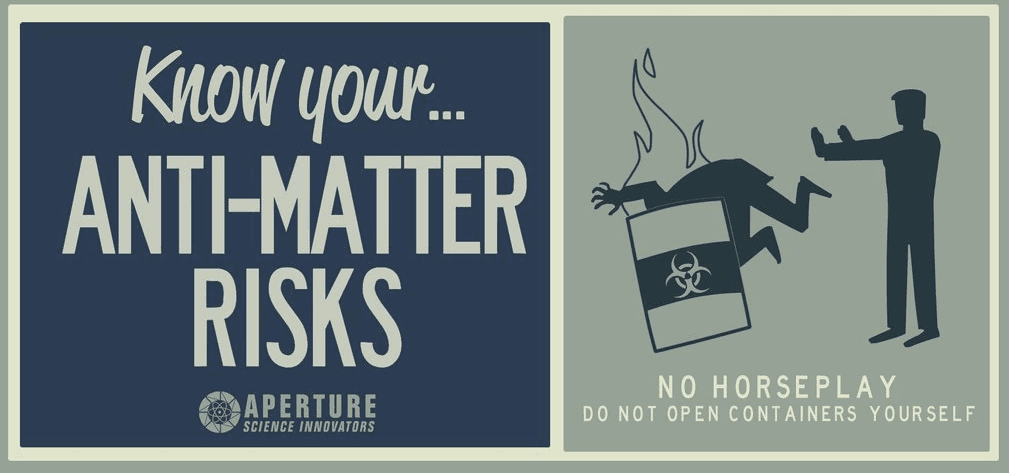Dear Mr Science Guy,
How many calories would get in a bottle of antimatter? How long would it take to burn off at the gym if you drank it?
Thank you,
Rob, age 30
Rob asks a very interesting question which allows me to explain several different concepts. First of all, what is anti-matter? Anti-matter is a substance composed of anti-particles, which have the same mass as particles of ordinary matter but have opposite charge (there are other differences but this is the most important). When matter and anti-matter interact they turn into pure energy. This is why creating and storing anti-matter is difficult.
Calories are a unit of energy. One dietary Calorie is equivalent to the amount of energy needed to raise the temperature of one kilogram of water from 14 to 15 degrees Celsius.
So, to answer the first question we need to calculate how much energy is stored in a bottle of anti-matter. For convenience sake we consider a 1L bottle and we assume that the anti-matter in question is anti-hydrogen.
We need to know how much anti-hydrogen is in a bottle, so we use the ideal gas law PV=nRT, where P=STP pressure of 1 atm, V= volume (1L in this case), R=ideal gas constant (0.082057 L*atm/mol*K) which is always the same, and T =temp in Kelvins at STP= 273.15K to calculate the number of moles of anti-hydrogen.
n=PV/RT ; now just plug all the STP values in:
n =(1 L *1atm)/ [(0.082057 L*atm/mol*K)*(273.15K)] = 0.044 mol
0.044mol which corresponds to a mass of 0.044 g
The energy stored in 0.044g of anti-hyrdogen is 4015.37 kJ, or 956 Cal. That’s the potential energy of anti-matter. This is different from the dietary calories which are based on the chemical energy of food released during digestion.
Now, you want to drink that hydrogen and then enter the gym. You open the container and air rushes in. The anti-matter is annihilated and over 8 MJ of energy are released as gamma rays that quickly burn the bottle, you and the gym.

(IMAGE from Portal 2 – Valve)

